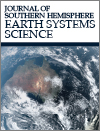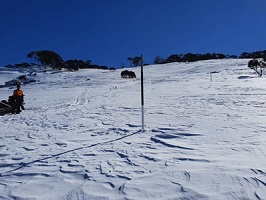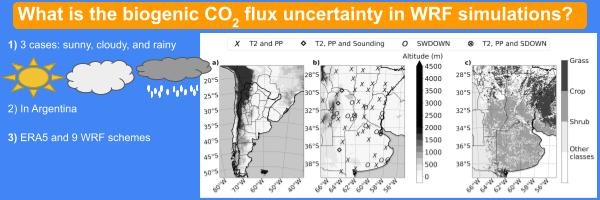ES23026Utilisation of local emission inventory data for forecasting PM10 using the WRF-Chem model in the Bandung Basin
Predicting PM10 is crucial in addressing air pollution in large cities such as Bandung. The WRF-Chem model, commonly used with global emission data, can potentially provide better predictions with regional emission data. Here, we show that although the model ran successfully with regional data, the predictions contain significant errors, suggesting it cannot yet accurately predict PM10 in the Bandung Basin.
ES23026 Abstract | ES23026 Full Text | ES23026PDF (4.3 MB) Open Access Article







